Classification:Jiangsu Neusoft
Release Date:2021-09-19 16:48
Views
Mid-Autumn Festival
The Mid-Autumn Festival, also known as the Moon's Eve, Autumn Festival, Mid-Autumn Festival or Reunion Festival, is on the fifteenth day of the eighth lunar month. Because it is just half of the three autumns, it is named. Since ancient times, the Mid-Autumn Festival has the custom of worshipping the moon, admiring the moon, worshiping the moon, eating moon cakes, admiring osmanthus, drinking osmanthus wine and other customs, which have been passed down for a long time. The Mid-Autumn Festival uses the full moon to signify the reunion of people. It is a rich and precious cultural heritage for yearning for the hometown, the love of loved ones, and wishing for a good harvest and happiness. The Mid-Autumn Festival, the Dragon Boat Festival, the Spring Festival, and the Ching Ming Festival are also known as the four major traditional festivals in China.
Origin of Mid-Autumn Festival
The Mid-Autumn Festival is a trace of the ancient celestial phenomenon worship-the custom of respecting the moon. In the "autumn equinox" season of the twenty-four solar terms, it is the ancient "Moon Festival", while the Mid-Autumn Festival comes from the traditional "Moon Festival". In traditional culture, the moon is the same as the sun, and these two alternating celestial bodies have become objects of worship by the ancestors. The Mid-Autumn Festival is derived from the ancient people's sacrifice to the moon, and is the legacy and derivation of the custom of the Chinese nation to worship the moon. Sacrificing the moon is a very ancient custom in our country. It is actually a worship activity for the "moon god" by the ancients in some parts of our country in ancient times.
Mid-autumn customs
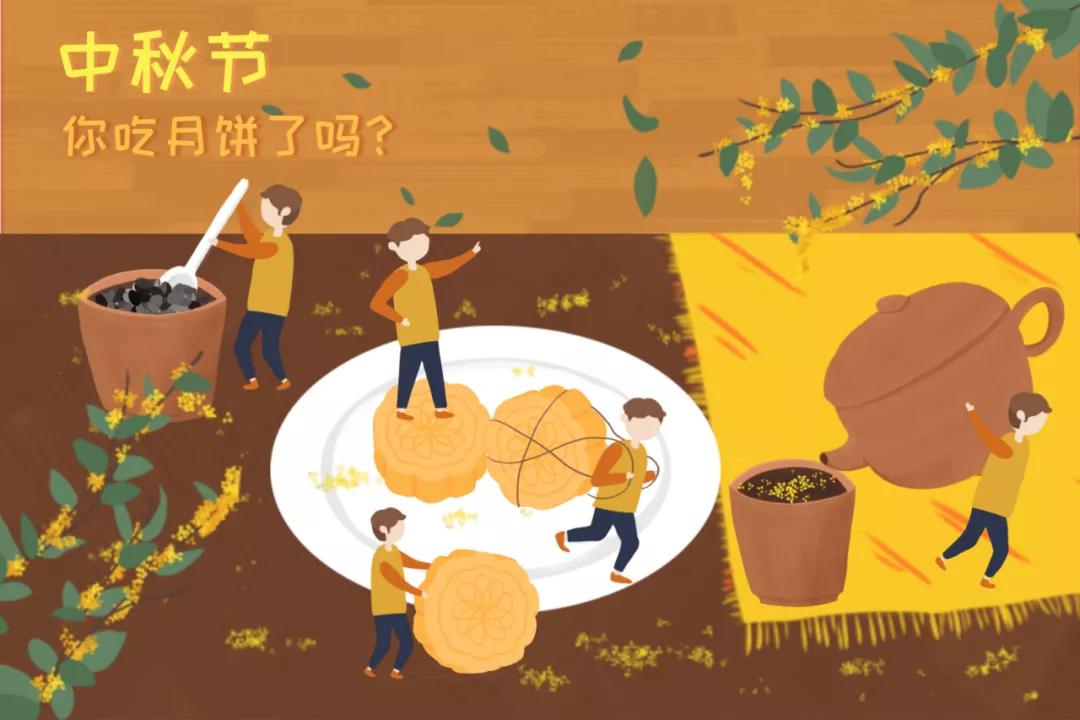
Sacrifice to the moon
Sacrificing the moon is a very ancient custom in our country. It is actually a worship activity of the ancients to the "moon god". In ancient times, there was a custom of "autumn evening and evening moon". Xiyue means worshipping the moon god. To worship the moon, a large incense table was set up, and offerings such as moon cakes, watermelon, apples, red dates, plums, and grapes were placed. Under the moon, place the "Lunar God" tablet in the direction of the moon, and the red candle will burn high. The whole family will worship the moon in turn, praying for blessings. Sacrificing the moon and admiring the moon, and contemplating the moon, expressed people's best wishes.
Guessing
Many lanterns are hung in public places on the Mid-Autumn Festival Moon Night. People gather to guess the riddles written on the lanterns. This is a favorite activity of most young men and women. At the same time, love stories are also spread at these activities, so Mid-Autumn Festival guessing lantern riddles A form of love between men and women has also been derived.
Eat moon cakes
Moon cakes, also called moon cakes, harvest cakes, palace cakes, reunion cakes, etc., are the offerings for worshipping the moon god during the Mid-Autumn Festival in ancient times. Moon cakes were originally used to sacrifice to the moon god. Later, people gradually took the Mid-Autumn Festival to admire the moon and taste moon cakes as a major symbol of family reunion. Moon cakes symbolize reunion, and people regard them as festive food, and use them to offer sacrifices to relatives and friends. Since its development, eating moon cakes has become a must-have custom for the Mid-Autumn Festival in various parts of the north and south of China. People eat moon cakes to show "reunion" on the Mid-Autumn Festival.
Chasing the moon
The so-called "chasing the moon" means that after the fifteenth day of the eighth lunar month, the happiness is still in full swing. So the next night, many people invited relatives and friends to continue admiring the moon, called "chasing the moon."


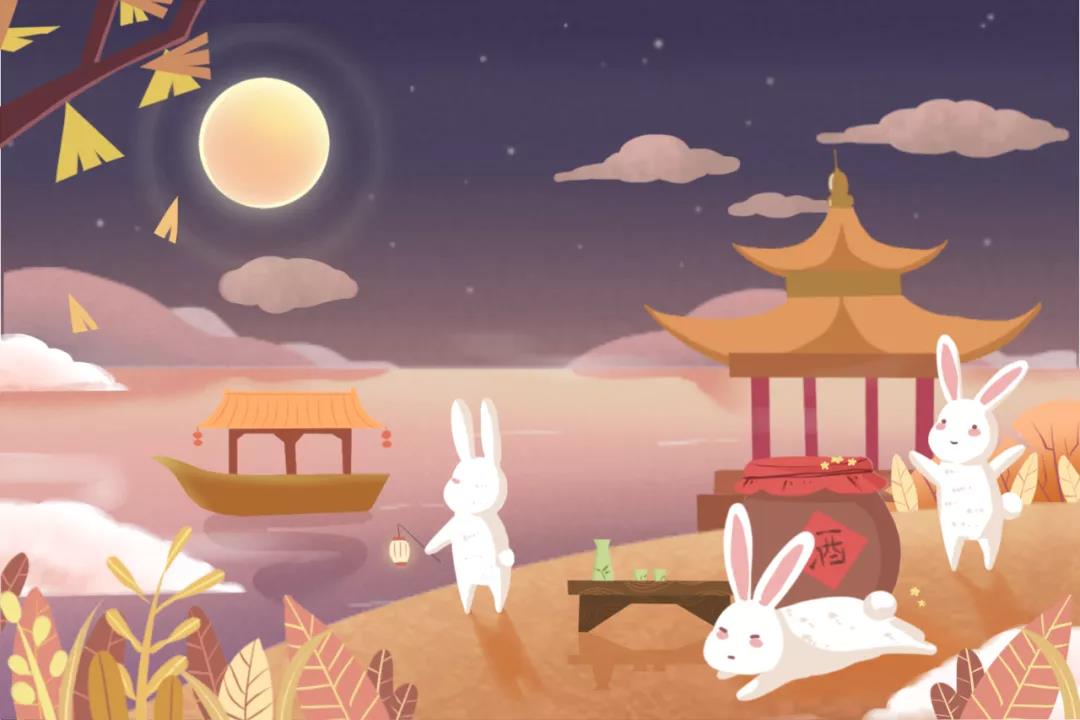

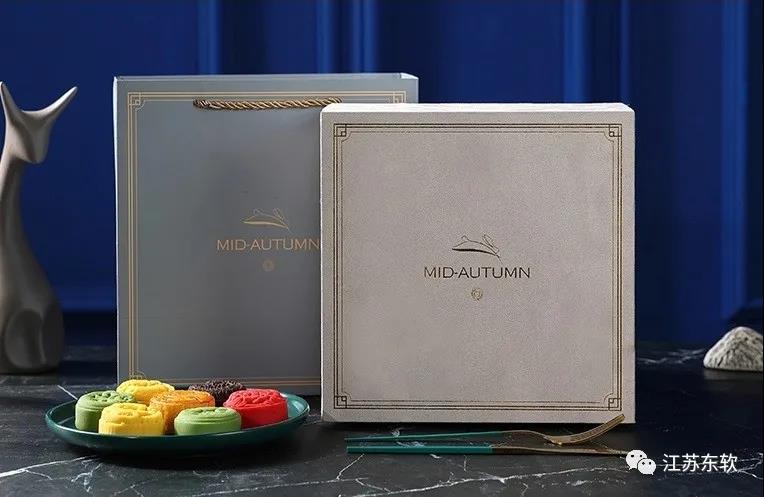

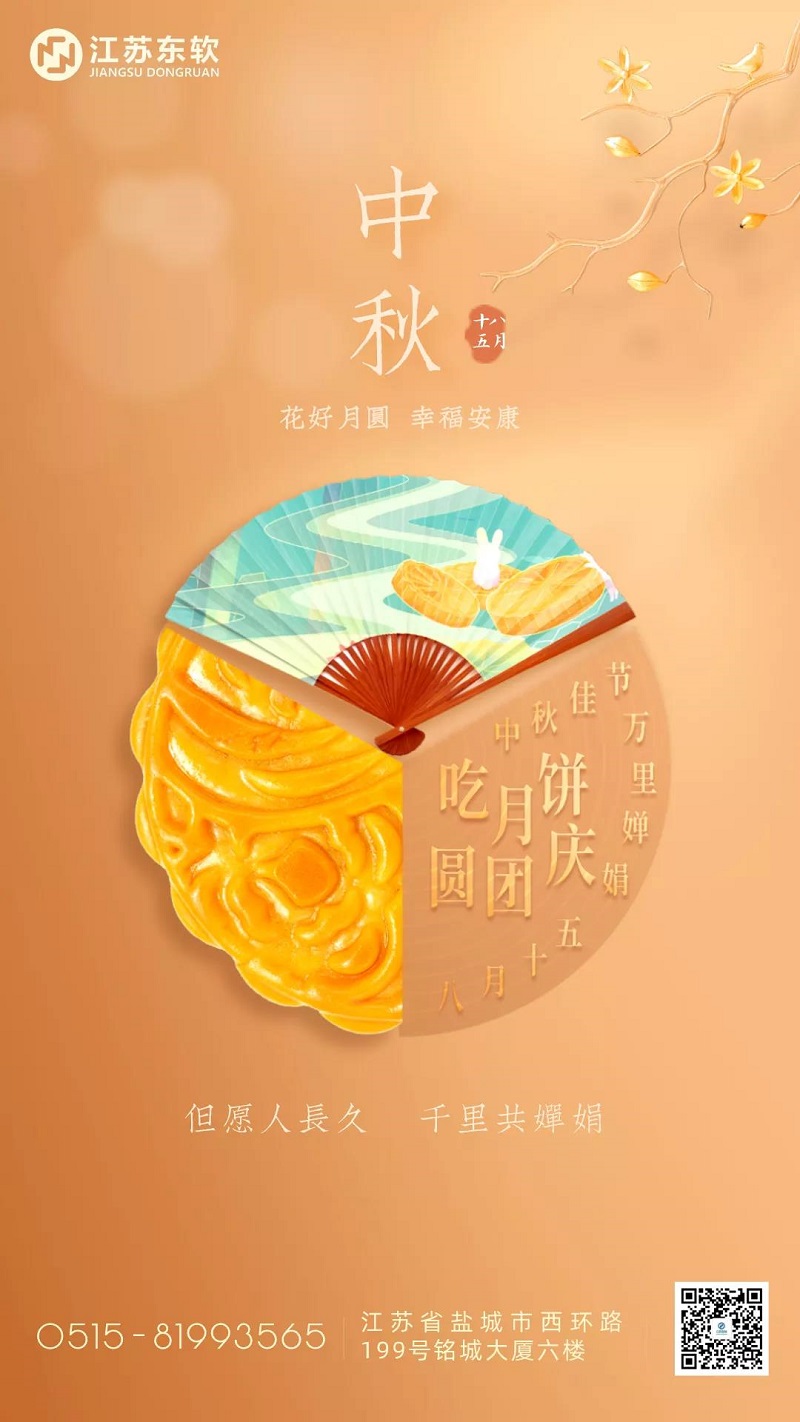

 Wechat
Wechat
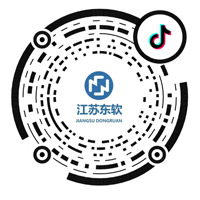 Tik Tok
Tik Tok